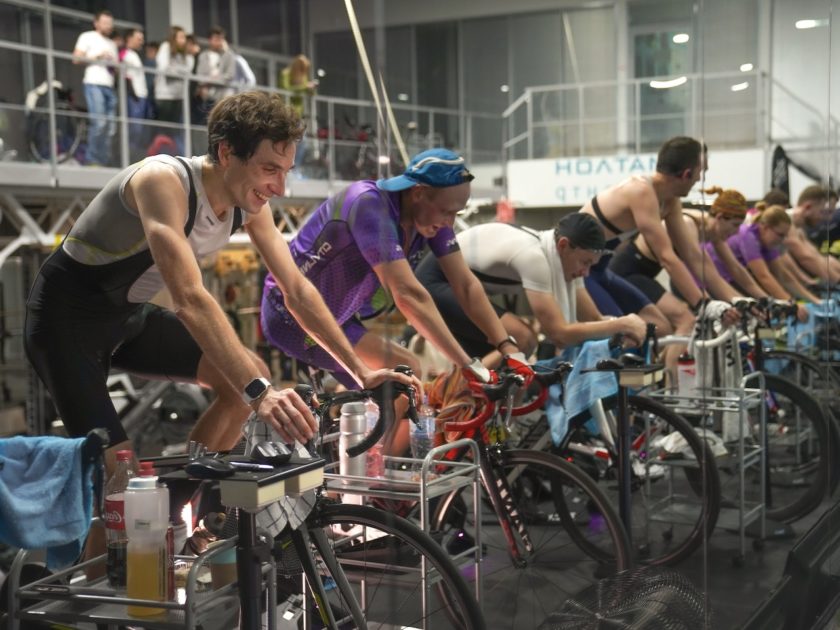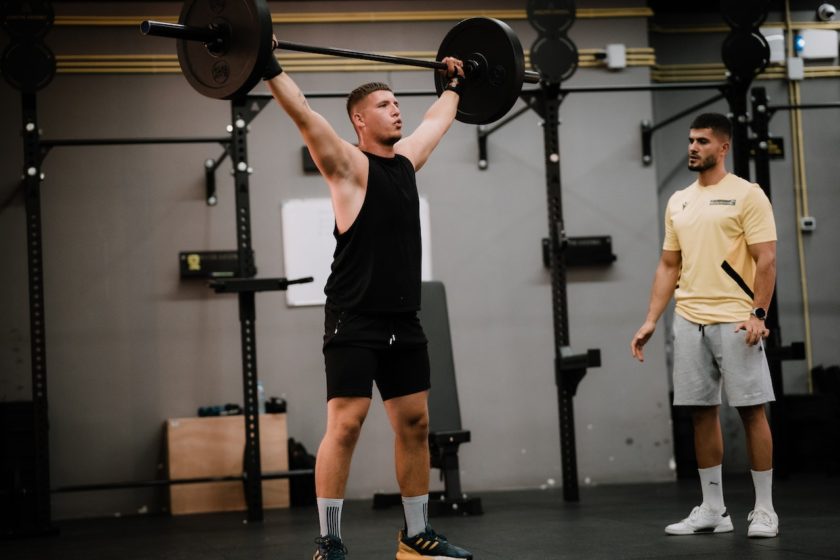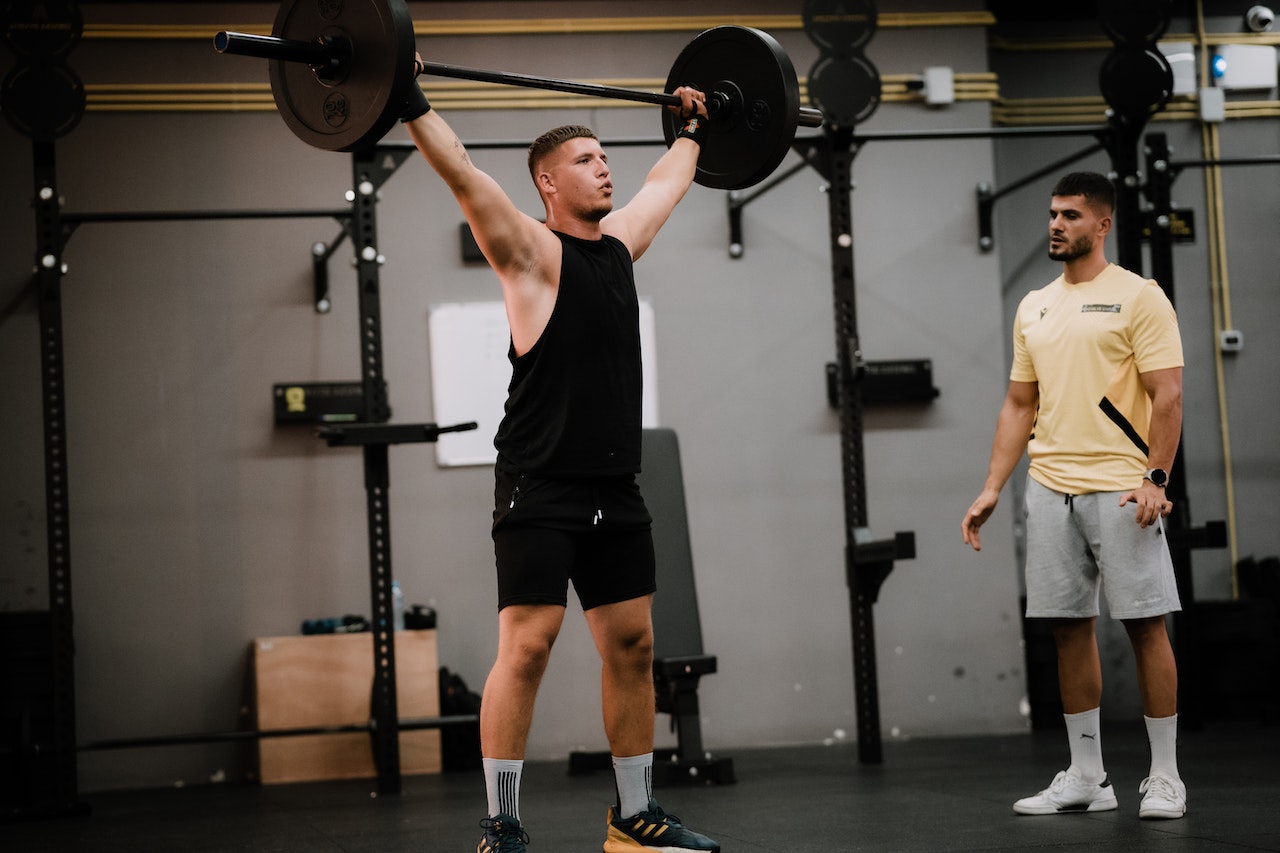Triathlon is a demanding sport that tests your mettle in swimming, cycling, and running. While the rewards are manifold—improved cardiovascular health, enhanced endurance, and of course, those bragging rights—the risks of orthopedic injuries are also elevated. Since triathlons require proficiency in multiple disciplines, athletes are exposed to a variety of injury mechanisms. However, awareness and preparation can go a long way in minimizing these risks.
Below are some key strategies to prevent common orthopedic injuries during your triathlon training.
1. Know When To Stop: Listen To Your Body
Your body will give you signals when something isn’t right. Experiencing a little discomfort is one thing, but sharp, consistent pain is a signal to halt and evaluate. If you’re in doubt, it’s better to take a day off than to push through pain and risk long-term injury.
Some athletes even go as far as to plan a visit to Orthopedic Urgent Care and Walk-In Clinic to get an expert’s opinion on whether they should proceed with their training or take some time to rest. The old adage “listen to your body” holds true here, as your long-term health is far more important than a single training session.
Also Read: 6 Mind Games To Exercise Your Mental Abilities.
2. Proper Technique: Your Best Friend

In a triathlon, you’re not just running; you’re swimming and cycling too. The importance of having proper form in all three cannot be overstated. Poor technique not only reduces your efficiency but also makes you prone to injuries such as tendonitis, stress fractures, and muscle strains. Consider getting some coaching or attending technique workshops to refine your form.
3. Dynamic Warm-Ups And Cool Downs
Jumping straight into intensive exercise is like running a car engine without any warm-up; you’re inviting trouble. Dynamic warm-ups increase your blood flow and prepare your muscles and joints for the intense activity to follow.
Cooling down is equally important, as it helps in reducing muscle stiffness and aids in faster recovery. Incorporate dynamic stretches and mild exercises during both warm-ups and cool-downs to keep injuries at bay.
4. Gear Up: The Right Equipment Matters
Using ill-fitted or worn-out equipment is a recipe for disaster. From your running shoes to your cycle’s seat height, everything needs to be tailored to your body to prevent undue stress.
Ill-fitting gear can cause issues like blisters, muscle strains, and even bone injuries. Invest in good quality, ergonomically designed equipment and replace them when they show signs of wear and tear.
5. Strength Training And Cross-Training
Strength training improves your muscle balance and helps you perform better in your triathlon events.

Additionally, it makes you less susceptible to injuries. On the other hand, cross-training, like yoga or Pilates, enhances your flexibility and core strength, which is vital for injury prevention. Incorporate both in your training routine for optimum results.
6. Nutrition And Hydration
Your diet directly affects your performance and your injury risk. Lack of vital nutrients like calcium and Vitamin D can make your bones more susceptible to fractures. Hydration is also crucial; even a small drop in hydration levels can lead to impaired muscle function, making you prone to injuries. Therefore, maintain a balanced diet rich in nutrients and keep yourself hydrated.
Also Read: Want To Exercise At Home? Here’s How To Set Up Your House
Conclusion
Triathlon is a sport that demands a lot from its athletes, but the rewards are worth the effort. However, the risk of orthopedic injuries is an undeniable aspect of this strenuous sport. By implementing the right strategies like listening to your body, perfecting your technique, warming up and cooling down, choosing the correct gear, and focusing on strength and nutrition, you can significantly lower your risk of injuries.
After all, the objective is to cross the finish line in peak form, not to limp across it nursing an avoidable injury.

